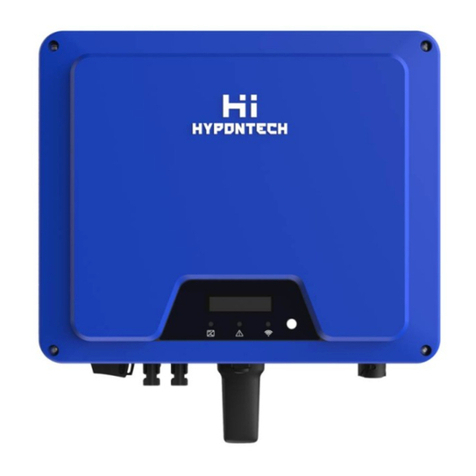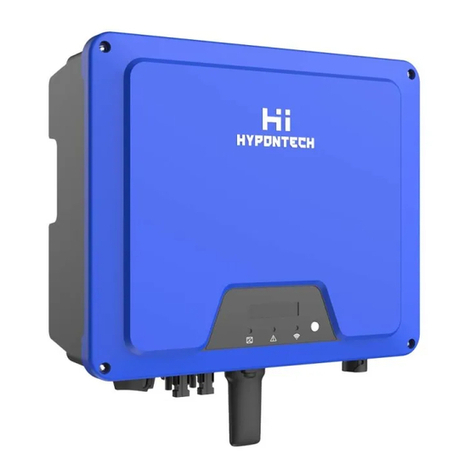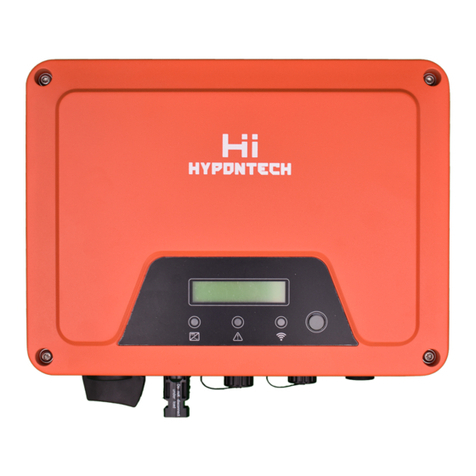
5.4.1 Requirements for the DC Connection ................................................... 27
5.4.2 Assembling the DC connectors...............................................................28
5.4.3 Connecting the PV array........................................................................... 31
6 Communication .................................................................................................... 32
6.1 System monitoring via WiFi ............................................................. 32
6.2 Inverter demand response modes (DRED) .................................... 33
6.3 Active power control with smart meter ......................................... 34
7 Commissioning ..................................................................................................... 37
7.1 Electrical checks .................................................................................. 37
7.2 Mechanical checks ............................................................................. 37
7.3 Start-Up ............................................................................................... 38
8 Disconnecting the Inverter from Voltage Sources ......................................... 39
9 Operation(optional) ............................................................................................. 40
9.1 Overview of the control panel ......................................................... 40
9.2 Display and Control button ............................................................. 40
10 Technical Data ..................................................................................................... 42
10.1 DC input data .................................................................................... 42
10.2 AC output data ................................................................................. 44
10.3 General data ...................................................................................... 46
10.4 Safety regulations ............................................................................ 47
10.5 Efficiency ............................................................................................ 48
10.6 Power reduction ............................................................................... 56
10.7 Tools and torque ...............................................................................61
11 Troubleshooting .................................................................................................. 63
12 Maintenance ........................................................................................................ 65

































